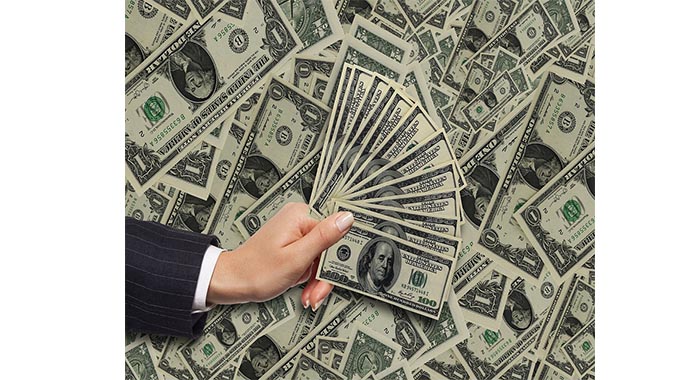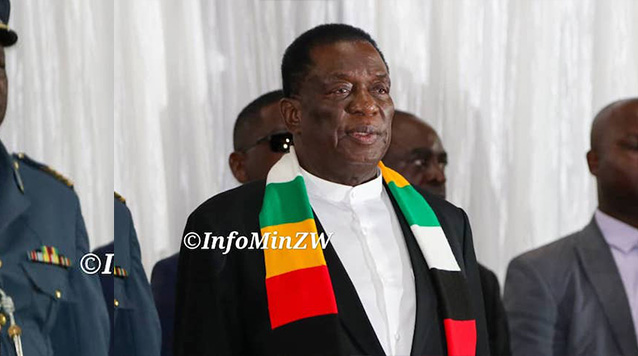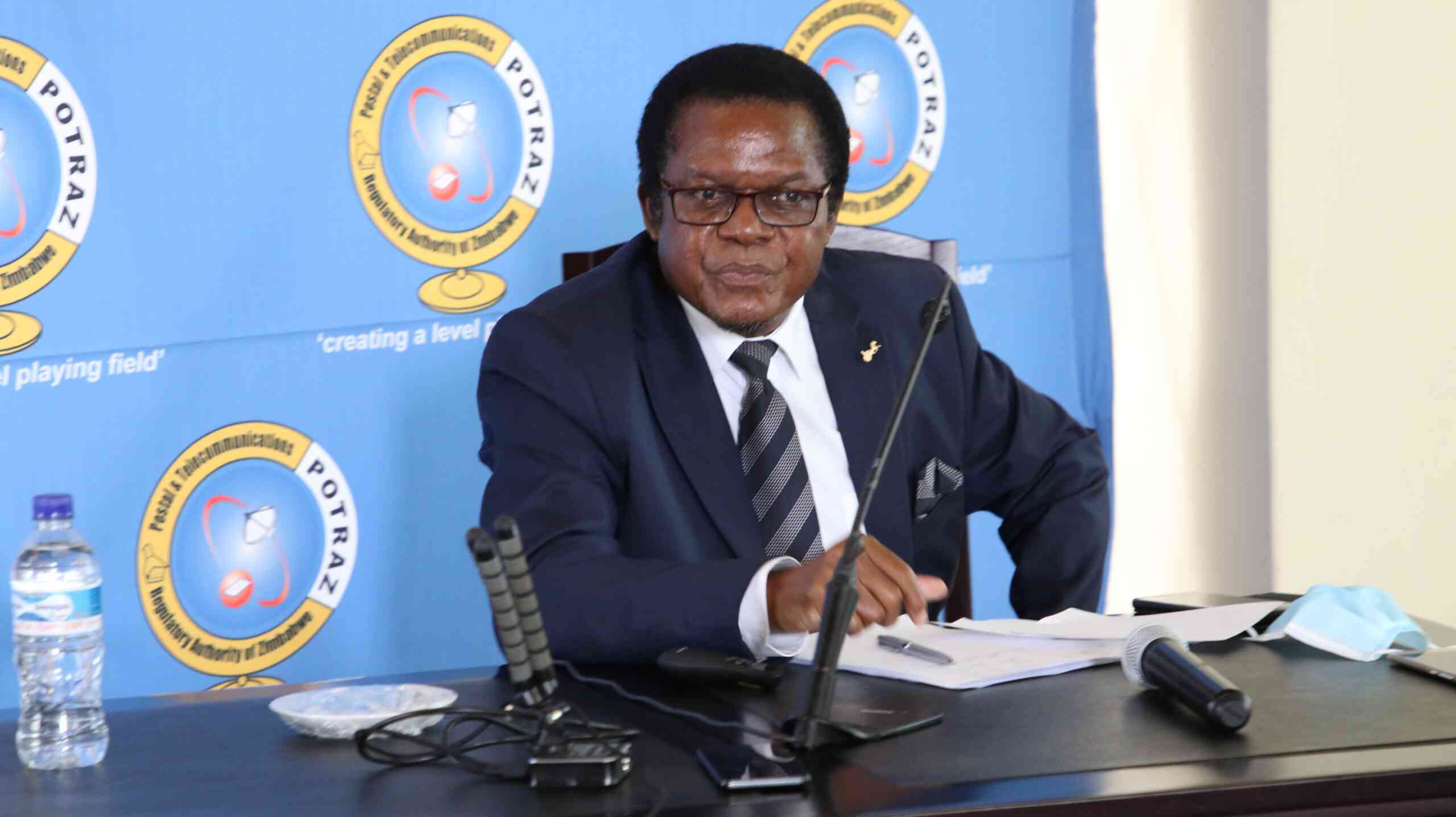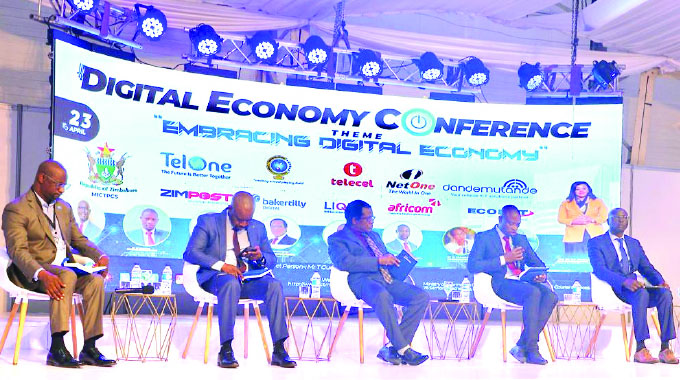Exhibitors hail Government interventions

Sikhulekelani Moyo, [email protected]
THE rapid growth experienced in the mining sector has largely been attributed to a cocktail of Government interventions that have yielded positive results, exhibitors at Mine Entra have said.
The mining sector has recorded US$20,2 billion in export earnings in the past five years spurred by the improved investment climate ushered in by the Second Republic.
International investors have also grabbed opportunities in the sector bringing in new technologies and promoting value addition and beneficiation of local minerals.
Driven by President Mnangagwa’s economic diplomacy-focused re-engagement and engagement foreign policy, Zimbabwe has made huge strides in normalising bilateral, regional, and international relations, which has resulted in increased trade gains and new investment pitches.
Unlike in the past when mining earnings averaged an estimated US$2,7 billion per year, the sector has recently registered gains in line with the ambitious US$12 billion milestone.
This year’s Mine Entra, running under the theme “Accelerating Economic Transformation Through Mineral Beneficiation,” has a total of 169 direct exhibitors participating and these include nine foreign exhibitors from China, South Africa, and Tanzania as well as representatives from countries such as Botswana and Australia.
Mine Entra is organised in partnership with the Ministry of Mines and Mining Development and the Chamber of Mines and is considered the largest and most reputable expo in the country.
In an interview during the expo, Mr John Stanton from WT Africa said since the coming in of the Second Republic positive strides have been made in key economic pillars, which include mining, tourism and agriculture.
He said this shows that Zimbabwe will attain an upper middle-income society status by 2030.
WT Africa, a South African company that supplies security and personal safety equipment has branches in Harare and Bulawayo and Mr Stanton said they are looking forward to investing more in Zimbabwe.

Money – Image taken from Pixabay
“Mining has been one of the key pillars in the revival of the economy in Zimbabwe, and the growth which has been recorded since 2017 has been phenomenal and we believe that this will contribute immensely to the 2030 Vision of becoming an upper middle-income society by 2030,” said Mr Stanton.
“This growth has been noticed in different sectors, not only in mining, and as investors we are confident that this will boost the Zimbabwean economy.”
He added that investors are noticing the strides being made by the country and they are willing to take part.
Another exhibitor, Mr Anderson Ndalahoma from Kadoma Metal, which is part of Parrogate Zimbabwe, said there was improvement in terms of quality of goods.
“We are noticing an increase in inquiries by local mines, which shows that the sector is growing,” said Mr Ndalahoma.
The Second Republic under the leadership of President Mnangagwa set its sights on tapping into the immense potential of the country’s mining sector.
With the opening of new projects and a focused approach to economic development, the sector is poised to play a significant role in contributing to the growth of the national economy.
Some of the major mining projects that have been launched in the past couple of years and doing well in achieving this set milestone include the Muchesu Coal Mine in Binga, Matabeleland North province owned by a British-owned firm, Contango Holdings, Prospect Lithium Zimbabwe (PLZ) in Arcadia, Goromonzi district, a member of Zhejiang Huayou Cobalt Company Limited and Manhize steel project in the Midlands which is owned by Dinson Iron and Steel Company and is set to Africa’s biggest integrated steel works.
Old mines which had shut, have since reopened, these inclusive of Eureka, Shamva, Radnor, RioZim Cam, Motor Biox Gold Plant and Sinomine Bikita Minerals. —@SikhulekelaniM1











Comments